Huckleberries, The Shining, & A Cocktail
with a detour into Stephen King's writing process, and (surprise!) birds
A couple years ago, I went up to Timberline Lodge…
…which is a gorgeous old ski lodge partway up Mount Hood. It was built through the WPA program during the 1930s. The roofline was meant to mimic the peak of Mt. Hood, which sits dramatically behind it.
If you recognize the Timberline, it might be because you saw it in what is, in my opinion, the best movie about the writing process ever made, The Shining. Jack Nicholson trapped in a frozen lodge, unable to write anything but “All work and no play makes Jack a dull boy,” while being tormented by the ghosts of creepy twin girls? Been there. So relatable.
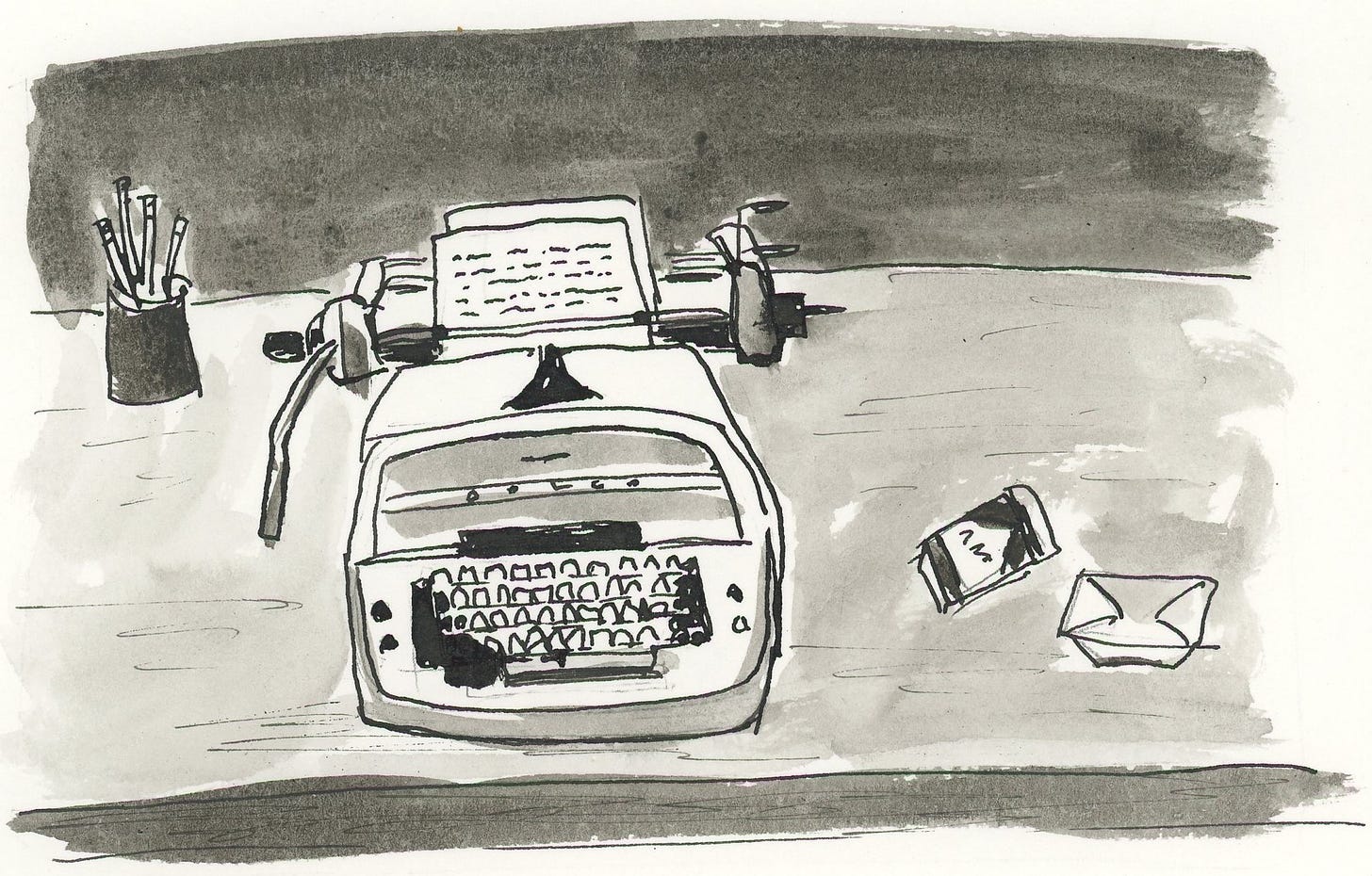
What’s even more relatable is the story of how the idea came to Stephen King. He’s told many slightly different versions of this story, so let’s take it for what it is: a good story by a good storyteller.
He and his wife were staying at the Stanley Hotel in Estes Park, CO, right before it closed for the season. The place was empty, except for them. They ate dinner alone in the grand dining hall, while orchestral music played, eerily, in the distance. They stayed in room 217, the same room his character would occupy in the novel. That night he had a nightmare about his kid being chased around the halls by a ghost. He awoke in a sweat and went to the window to smoke a cigarette and look out at the mountains. Pretty soon he had his next novel.
I believe this story, generally, because this is how book ideas happen: You find yourself in a situation, you look around and ask “what if?” and the novel starts to come together.
The nightmare might be an unnecessary embellishment: Stephen King doesn’t need to wait for a nightmare to dream up a spooky plot line. And maybe they weren’t really the only ones there. But it’s easy enough to look around at a mostly-empty lodge at the end of the season and wonder, “What if we were the only ones here? And what if it was haunted?”
So there we were at the Timberline, just to look around…
and on the way back down the mountain, we were perilously short on gas (what if we ran out of gas on the side of a mountain, and the only place we could walk to was an abandoned hotel…), so we stopped at a gas station.
Across from the gas station was a guy selling fruit. The sign said he had huckleberries.
I knew that huckleberries were scarce and short-lived: you can only get them for a little while in September. We were in luck. I ran over to pick some up.
The pears were beautiful. The apples were lovely. The sign said that each basket was—I don’t know, some reasonable-ish price. Call it eight bucks.
I pulled out a ten. “Are there any huckleberries left?” I asked.
“They’re in the cooler,” he said, “and they’re thirty dollars a basket.”
Reader, I passed on the huckleberries.
Why, exactly, are huckleberries so expensive?
Ask anybody around here and they’ll tell you it’s because they can’t be cultivated commercially. Whenever I hear an answer like that, I roll my eyes. It’s a berry bush, for crying out loud. Of course you can cultivate it! Just give it what it wants.
Well, it turns out that what a huckleberry wants is to live on the north slope of a mountain, somewhere between 3000-7000 feet in altitude, at the base of conifer trees. Okay, that’s a little tricky for commercial growers to pull off. Maybe if you had a Christmas tree farm, you could grow huckleberries in the off season.
Furthermore, huckleberries like to live around each other and form deep networks of rhizomes, which is how they reproduce. They don’t really want to be raised in plastic pots and planted in rows.
Fair enough.
But here’s the last straw: Huckleberries don’t actually produce very many berries. They really can’t be bothered to put out clusters of fat, juicy, easily harvestable fruit. So even if you could cultivate them, you’d have to charge…uh…thirty dollars a basket to break even.
Okay, now I get it.
But wait, there’s hope for commercial huckleberries!
Western huckleberries are not actually huckleberries. They’re basically a type of wild blueberry. For the plant geeks: Eastern huckleberries, the “true” huckleberries, are in the genus Gaylussacia. The western version is in the genus Vaccinium, along with blueberries.
The good news about this is that it might be possible to cross domesticated blueberries with wild huckleberries and Washington State University is working on it.
Which brings me to the cocktail.
My friend Craig is the publisher at Tin House, an independent publishing house in my neighborhood. He was planning a party for booksellers and asked me to make a cocktail for the evening. I wanted to use huckleberries, but not the thirty-dollar-basket kind. I found this huckleberry syrup, ordered a few bottles, and made a variation on a whiskey smash that I called the Tin House Tipple.
It was delicious. I mean, people SWOONED over this drink. Here’s how you make it:
2 oz bourbon (Maker’s Mark is excellent in this drink)
1 oz huckleberry syrup (of course you can use another fruit syrup)
1/4 lime
mint leaves
club soda
blackberry + mint leaf + lime wedge for garnish
Combine the first four ingredients in a cocktail shaker and muddle well. Strain into a short tumbler filled with ice (crushed ice if possible). Top with club soda and garnish.
After their drinks, the booksellers went to watch the swifts
As longtime readers of this newsletter know, I live down the street from Chapman Elementary, where migratory swifts sleep in an old abandoned brick chimney for about a month on their way to South America. Like huckleberries, the swifts are kind of unusual, finicky about their habitat, and only around for a little while in September. Here’s their story:
Indeed, on the night of the Tin House party, there was a hawk flying around, which I suppose is what swifts have nightmares about as they sleep in their old brick chimney hotel. The assembled crowd—several hundred spectators—booed at the hawk, but that was not enough to spare the life of some poor unfortunate swift. The booksellers were outraged on behalf of the swift community but also amazed and delighted by the drama. Who can blame them? Even a horror flick is entertaining in its own way, as Stephen King will tell you.
This week’ art lesson: Draw a cocktail with me!
If you’re a paid subscriber, check your inbox! I made a series of videos for you where we paint the Tin House Tipple together (and you get to stare at my messy palette.) Also, I’m giving away my cocktail drawing! Let me send you some art!
If you’d like to subscribe, it’s only five bucks a month, you can cancel anytime, and I’m having a great time dreaming up art projects for us to do together.
If you read this far…I’m giving away a painting!
I make a lot of art for this newsletter, and I’m giving one piece away!
Post a comment of any kind, and I’ll choose a winner at random and mail you the illustration of the Tin House Tipple you see above. (Lots more giveaways coming for paid subscribers, but I happen to have two of these, so I’m doing one for all of you and another just for paid subscribers.)
PSA: I Am Enjoying the Substack App
This might be too much insider baseball, but…this here newsletter is hosted on Substack, which has grown from a place to host email newsletters to a platform for reading great stuff by smart people. Now they have a newly expanded and fun-to-scroll app. You might not be looking for yet another app to scroll, and that’s totally fair. But I’m enjoying reading newsletters I subscribe too, and reading Twitter-style posts (remember Twitter?) from interesting people with interesting things to say. If you want to check it out, you can follow me on there. Still kicking the tires, but so far it’s good and nice and positive and I like it.
The Bit at the End
Come find me on Instagram.
And sometimes I post paintings for sale! Right here
Order signed copies of some of my books from my husband’s bookstore, or order all my books and many others at Bookshop.org, which supports independent bookstores
Take one of my online writing or art classes here.
Please post a comment, ask a question, and share this with friends! I love hearing from you all!




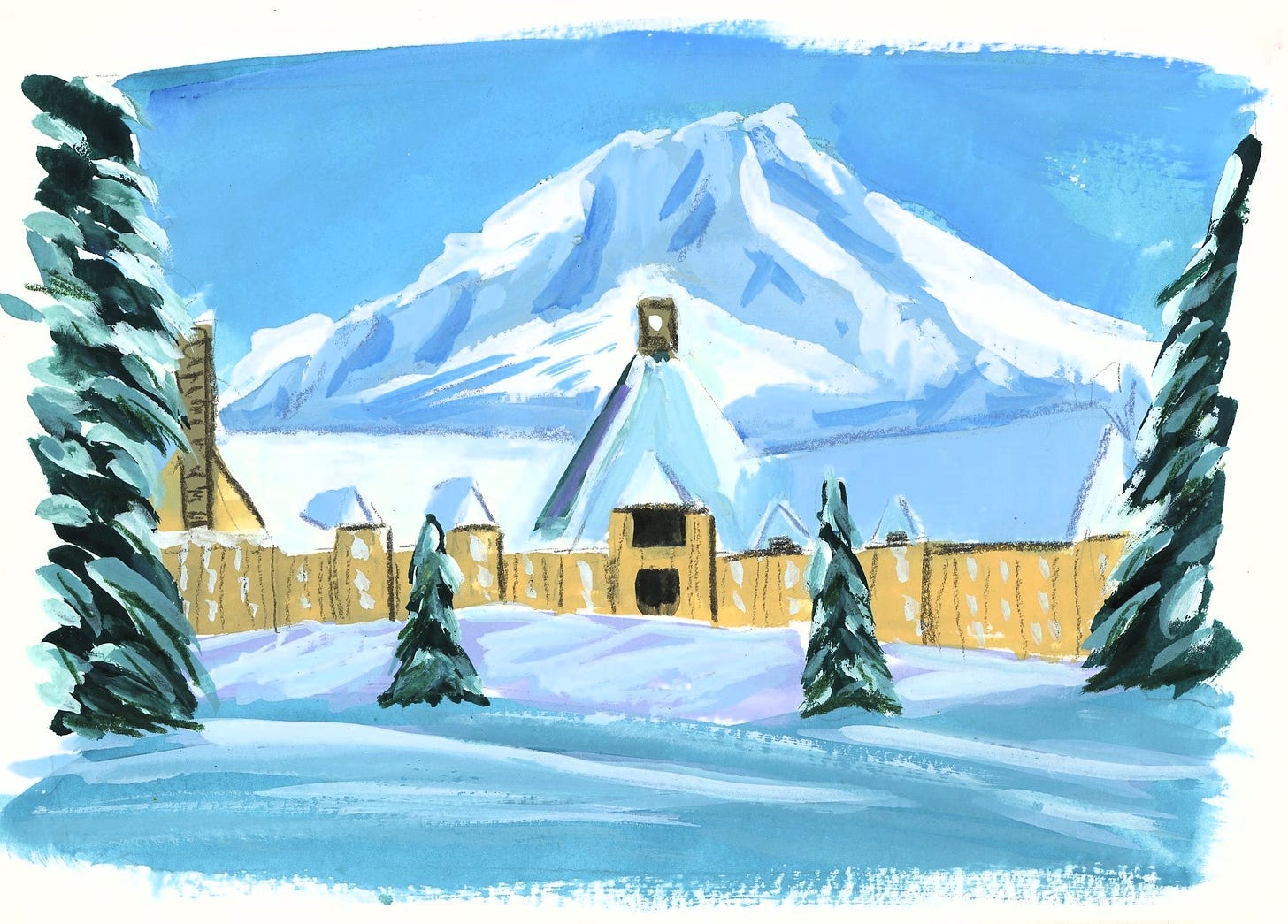
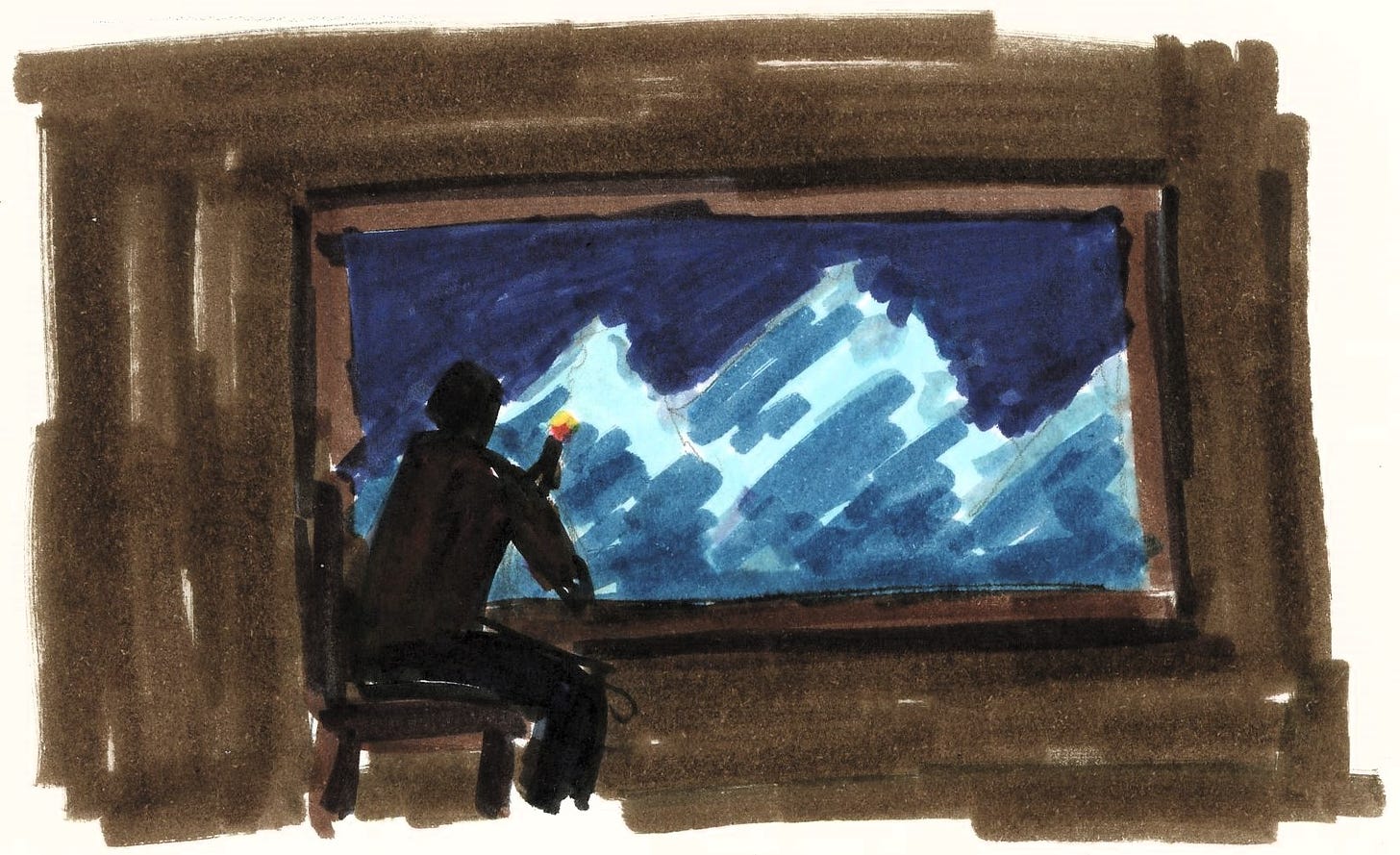
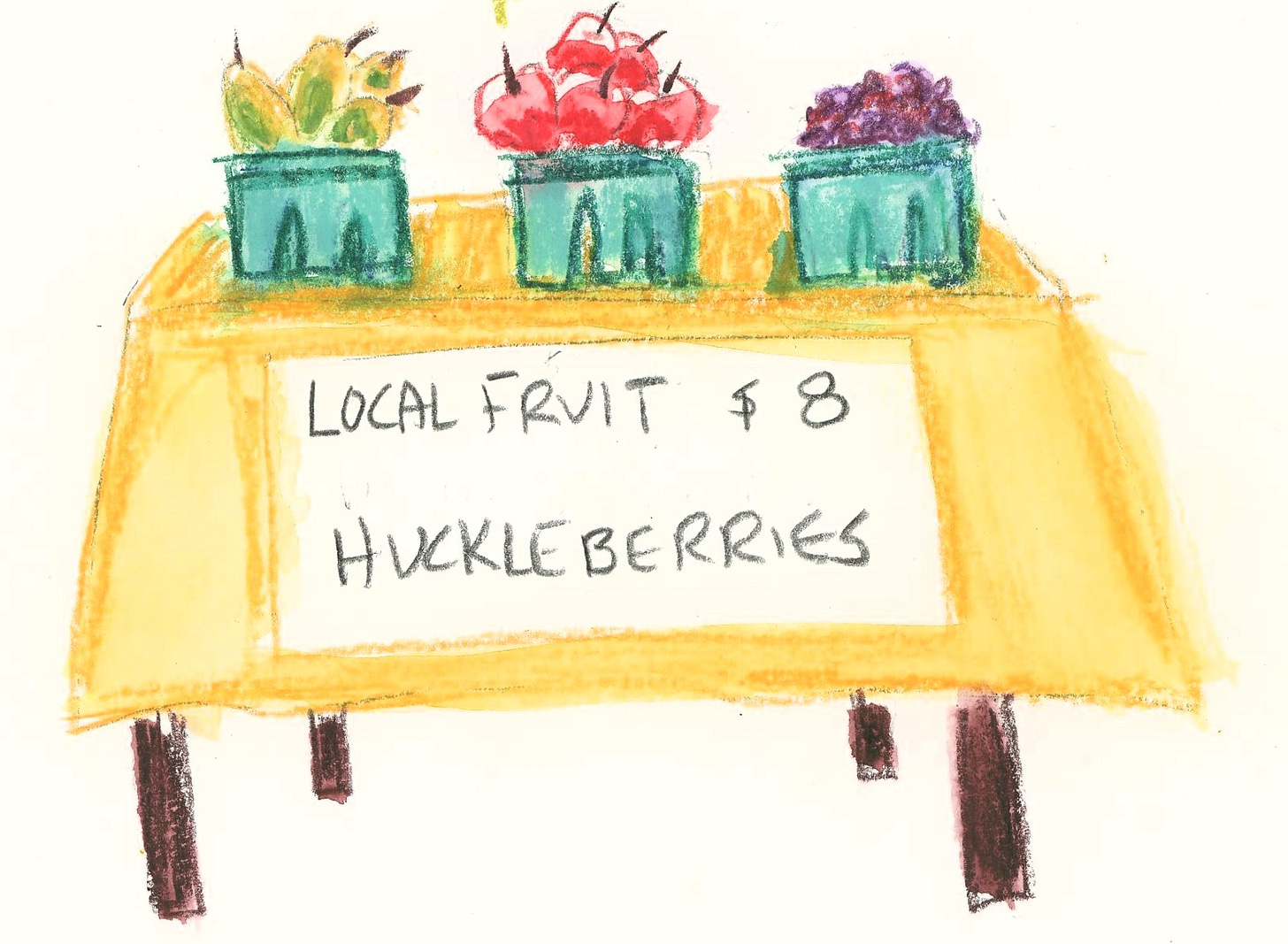
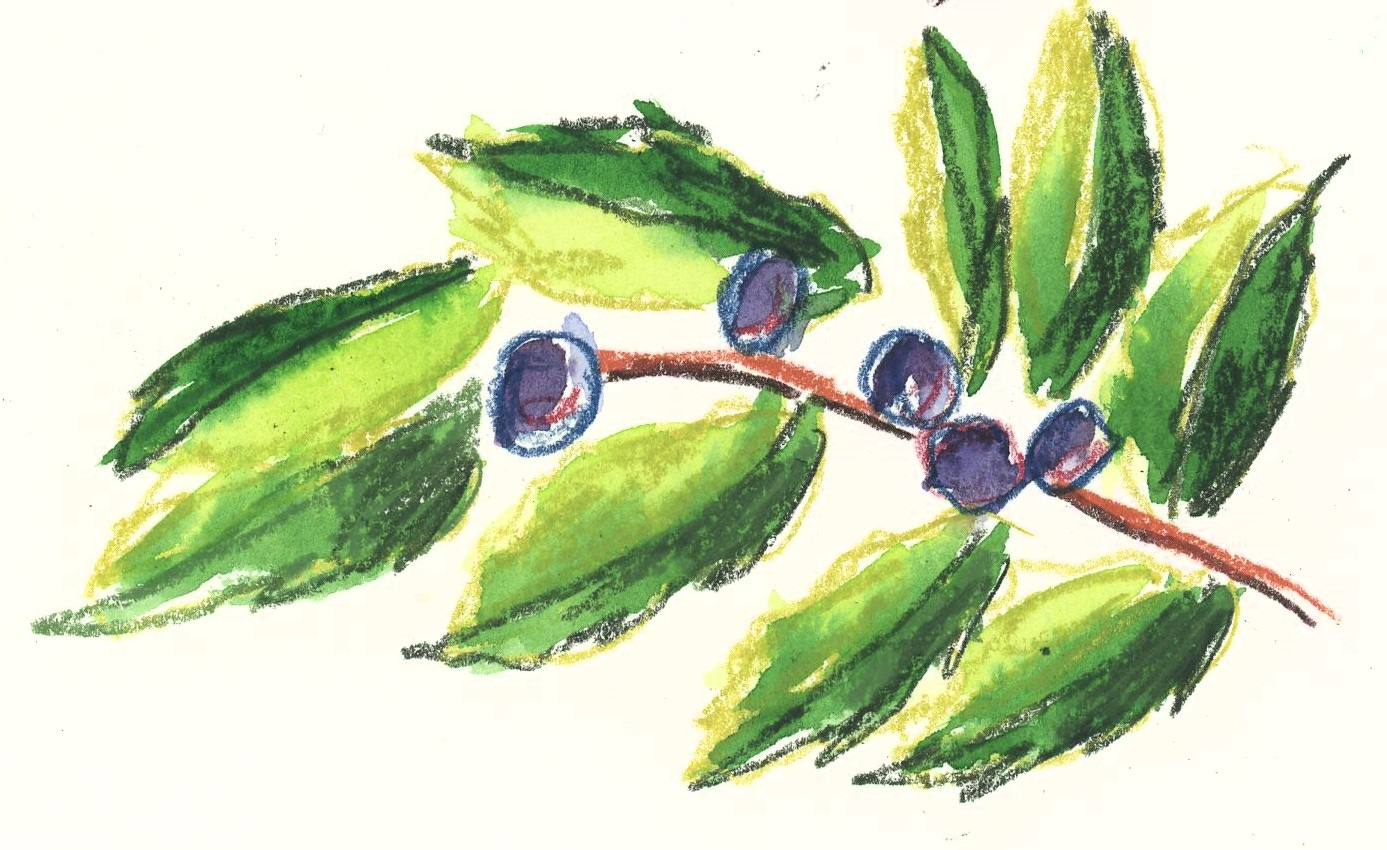
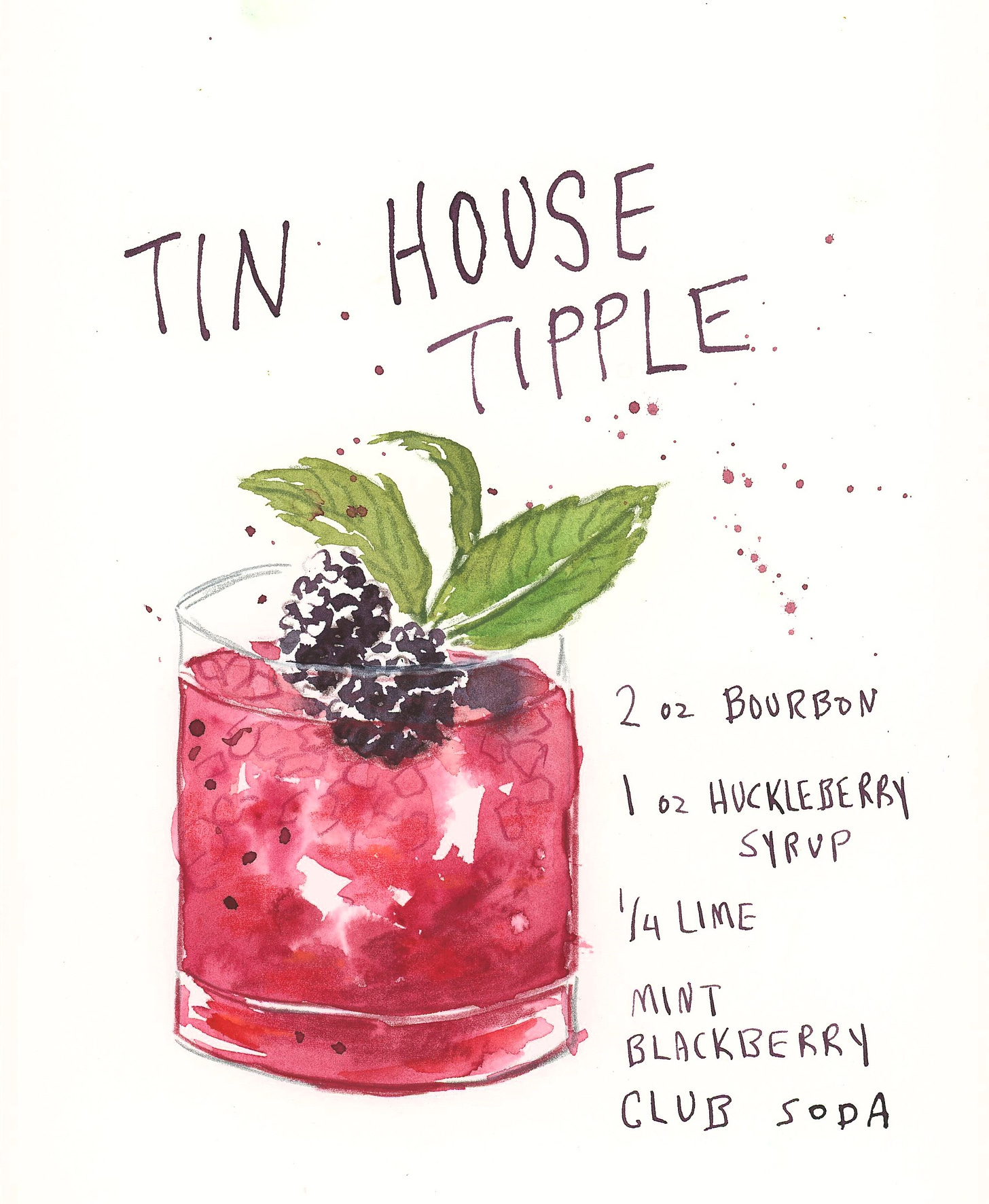
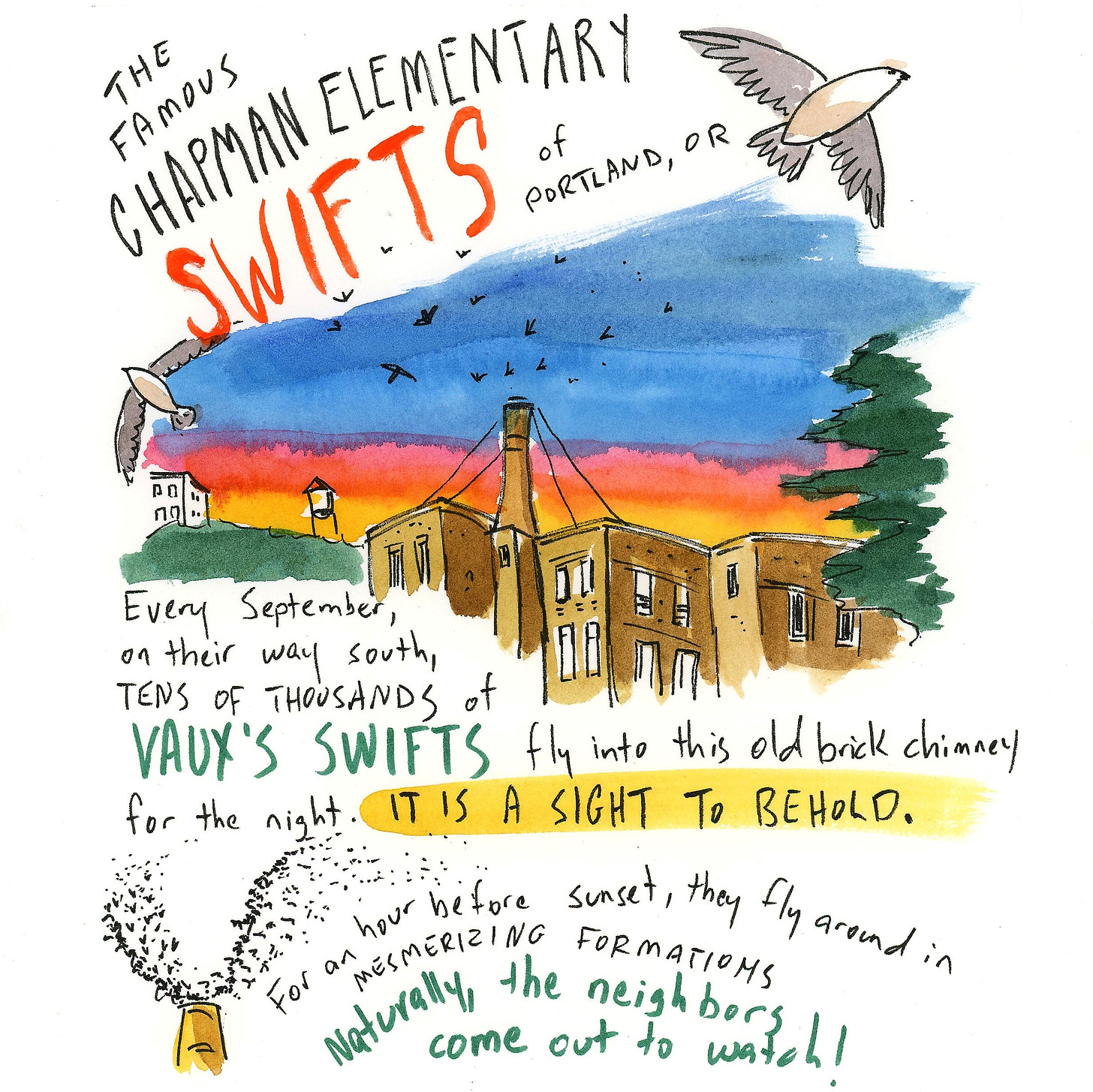
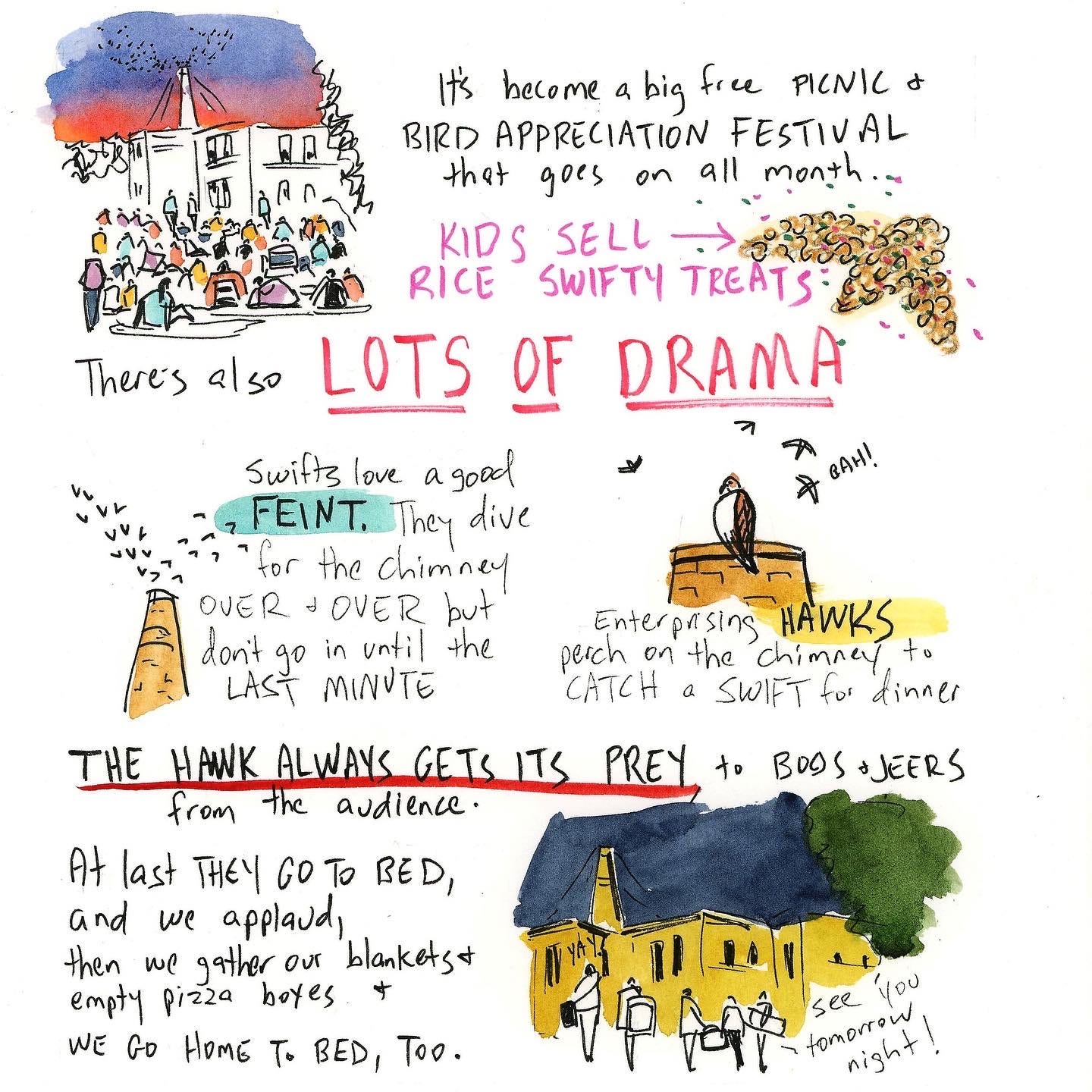

I got hooked on the Kopp Sisters series, and then found out about the rest of your books which are also some of my favorites because of the story-telling along with factual information. The newsletters are fun to read while waiting for more books. Thanks for sharing both in writing and illustrations!
New to Substack myself and found you here. Agree this is an amazing space to find good reading. I've read everything you've written in book form. The art is a delight. And since I'm a sucker for a contest, I'm leaving a comment in the off chance I get lucky in your drawing of the illustration. (I submitted a ms. to Tin House and finding the drawing of this drink is the kind of serendipity that makes a girl believe in wishes.)